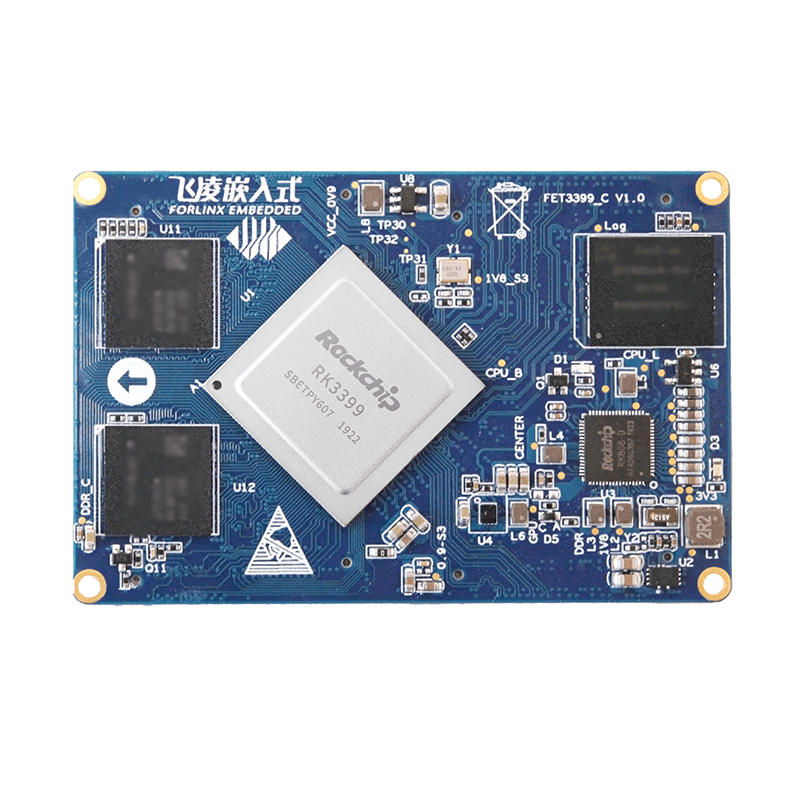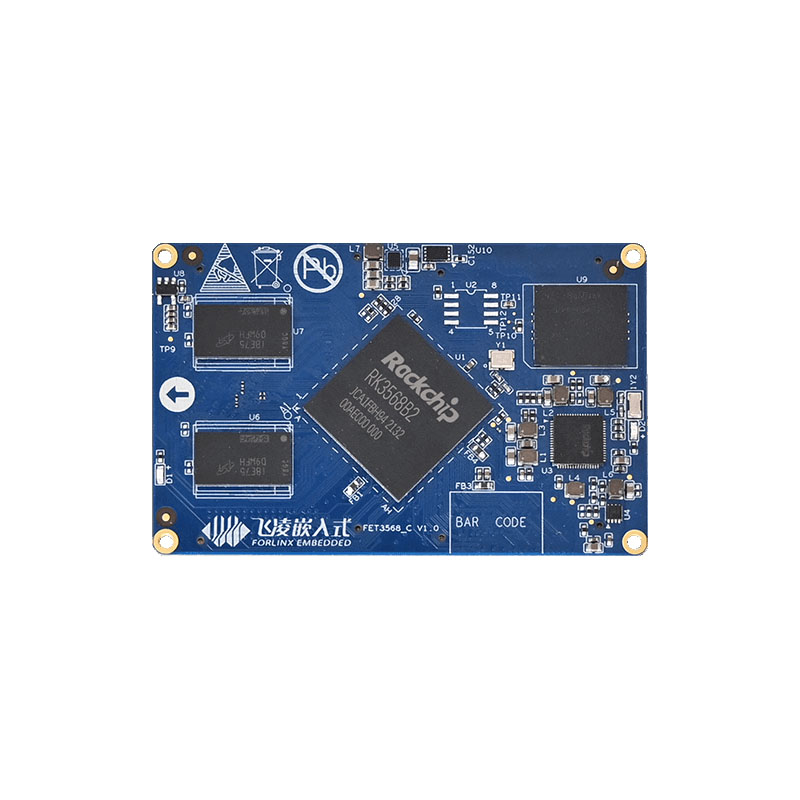
Comprehensive Testing Procedures for Embedded Boards: A Deep Dive into Forlinx Embedded's Million-Level Laboratory (Part 2)
To offer a more comprehensive understanding of Forlinx Embedded's exceptional R&D capabilities, we have produced a series of "Lab Visit" videos. In last segment, we introduced three critical tests: the Electrostatic Discharge (ESD) Immunity Test, the High-Low Temperature/Temperature Cycling/Humidity Test, and the Drop Test. >>Click here to review the last segment.
In this segment, let's continue to explore Forlinx Embedded's R&D laboratory to learn more about their rigorous testing procedure better.
1. Drop Test
To evaluate a product's resistance to accidental drops caused by careless handling during transit, Forlinx Embedded utilizes a drop tester. This apparatus simulates product drops, ensuring structural integrity and functional reliability, or establishing the necessary robustness levels for safety compliance.
2. Salt Spray Test
Some customers will use the product in a salty and humid environment, so the salt spray test is needed. The salt spray test simulates the climate environment of the ocean or salty and humid areas, and is used to examine the salt spray corrosion resistance of products, materials and their protective layers.
3. Electrical Fast Transient Burst Immunity Test
Electrical Fast Transient/Burst Immunity Test (EFT/Burst Immunity Test) is a test where a burst composed of many fast transient pulses is coupled to the power ports, control ports, signal ports, and grounding ports of electrical and electronic devices.
Through the above three videos, I believe you now have a better understanding of the experimental projects at the Forlinx Embedded R&D Laboratory. ''Lab Visit'' series videos are continuously being updated, and we look forward to everyone's continued attention.





